One of the most effective ways to soundproof your living room walls is by using acoustic panels. These panels are designed to absorb and reduce sound waves, thus minimizing the amount of noise that passes through your walls. They are available in various sizes, shapes, and colors, making them a versatile option for any living room design. You can install acoustic panels on your walls using adhesive or mounting hardware, depending on your preference. They are also relatively easy to remove and reposition, making them a convenient choice for renters. Additionally, some acoustic panels come with decorative designs, adding a touch of style to your living room while effectively soundproofing it.1. Acoustic Panels for Soundproofing Living Room Walls
Insulation is not just for keeping your home warm in the winter and cool in the summer. It can also serve as an effective soundproofing material for your living room walls. Soundproofing insulation is typically made from materials such as mineral wool, fiberglass, or foam, which are excellent at absorbing sound waves. The installation process for soundproofing insulation can be a bit more involved than other methods, as it requires removing drywall and inserting the insulation into the wall cavities. However, the results are worth it, as soundproofing insulation can significantly reduce noise transmission through your walls, making your living room a more peaceful and private space.2. Soundproofing Insulation for Living Room Walls
If you're looking for a more subtle way to soundproof your living room walls, soundproofing paint may be the solution for you. This type of paint contains sound-absorbing materials that can help reduce noise levels in your living room. It works by creating a thicker barrier on your walls, which can block sound waves from passing through. Soundproofing paint is relatively easy to apply, and it can be used on its own or in combination with other soundproofing methods for maximum effectiveness. However, it's essential to note that soundproofing paint won't completely eliminate noise, but it can make a noticeable difference in reducing sound transmission through your walls.3. Soundproofing Paint for Living Room Walls
If you want to add some style and texture to your living room walls while soundproofing them, soundproofing wallpaper is an excellent option. This type of wallpaper is made from thick, sound-absorbing materials that can help reduce noise levels in your living room. It works by breaking up sound waves as they travel through the walls, making them less audible on the other side. Soundproofing wallpaper is available in various colors and patterns, making it a versatile choice for any living room design. It's also easy to install and can be removed without causing damage to your walls, making it ideal for renters. Just like regular wallpaper, soundproofing wallpaper can also be painted over to match your desired color scheme.4. Soundproofing Wallpaper for Living Room Walls
Windows are often one of the main sources of noise in a living room. However, you don't have to sacrifice natural light and ventilation to soundproof your living room windows. Soundproofing curtains are an excellent solution for reducing noise levels while still allowing natural light to enter your living room. Soundproofing curtains are made from thick, heavy materials that are effective at absorbing and blocking sound waves. They are also available in various styles and colors, making them a stylish addition to your living room. You can also use them in combination with other soundproofing methods for maximum effectiveness.5. Soundproofing Curtains for Living Room Windows
Soundproofing foam is another popular option for reducing noise levels in your living room. This foam is made from sound-absorbing materials and is typically used in recording studios and home theaters. It works by absorbing sound waves, preventing them from bouncing off the walls and creating echoes. You can install soundproofing foam on your living room walls using adhesive or mounting hardware, depending on your preference. It's also available in various sizes and shapes, making it easy to customize and fit into any living room design. Additionally, soundproofing foam is relatively affordable, making it an accessible option for most homeowners.6. Soundproofing Foam for Living Room Walls
To achieve maximum soundproofing for your living room walls, you may want to consider replacing your regular drywall with soundproofing drywall. This type of drywall is made from sound-absorbing materials and is thicker and denser than regular drywall, making it more effective at blocking sound waves. Installing soundproofing drywall can be a bit more involved and may require professional help. However, the results are worth it, as it can significantly reduce noise levels in your living room. You can also use it in combination with other soundproofing methods for maximum effectiveness.7. Soundproofing Drywall for Living Room Walls
Don't forget about your living room ceiling when soundproofing your space. Soundproofing panels for ceilings are an excellent way to reduce noise levels from the floor above your living room. These panels are made from sound-absorbing materials and can be installed directly under your ceiling or suspended from the ceiling using mounting hardware. Soundproofing panels for ceilings are available in different sizes and designs, making them a versatile choice for any living room. They can also be painted over to match your ceiling color, making them a subtle addition to your living room decor. Additionally, they are relatively easy to install and can be removed without causing damage to your ceiling.8. Soundproofing Panels for Living Room Ceilings
Soundproofing caulk is a simple yet effective way to reduce noise levels in your living room. This caulk is specially designed to fill in gaps and cracks in your walls, creating a tight seal that can prevent sound waves from passing through. It's also waterproof and can help improve your home's energy efficiency. You can use soundproofing caulk around your living room windows, doors, and baseboards to help reduce noise levels. It's also relatively affordable and easy to apply, making it a convenient option for homeowners. However, keep in mind that soundproofing caulk won't completely eliminate noise, but it can make a noticeable difference in reducing sound transmission through your walls.9. Soundproofing Caulk for Living Room Walls
If you have hard floors in your living room, adding a soundproofing carpet can help absorb and reduce noise levels. Carpets are excellent at absorbing sound waves, preventing them from bouncing off the floor and creating echoes. They are also relatively affordable and come in various colors and designs, making them a stylish addition to your living room. You can also use soundproofing underlayment under your carpet for additional noise reduction. This underlayment is made from sound-absorbing materials and can help block sound waves from passing through the floor. However, keep in mind that soundproofing carpet and underlayment may not be as effective as other methods, such as acoustic panels or insulation. In conclusion, there are various ways to soundproof your living room walls, and the best method for you will depend on your budget, living situation, and personal preference. You can also use a combination of these methods for maximum effectiveness. Whichever method you choose, soundproofing your living room walls can greatly improve the quality of your space, creating a peaceful and private environment for you and your family.10. Soundproofing Carpet for Living Room Floors
The Importance of Soundproofing Your Living Room Wall

Transforming Your Living Room into a Quiet Oasis
 Living rooms are often the heart of a home, where families gather to relax and spend quality time together. However, unwanted noise can quickly disrupt this peaceful atmosphere. Whether it's loud music, noisy neighbors, or even just everyday household sounds, a lack of soundproofing can greatly affect the comfort and enjoyment of your living room. That's why soundproofing your living room wall should be a top priority when it comes to house design.
Living rooms are often the heart of a home, where families gather to relax and spend quality time together. However, unwanted noise can quickly disrupt this peaceful atmosphere. Whether it's loud music, noisy neighbors, or even just everyday household sounds, a lack of soundproofing can greatly affect the comfort and enjoyment of your living room. That's why soundproofing your living room wall should be a top priority when it comes to house design.
Creating a Peaceful and Private Space
 One of the main benefits of soundproofing your living room wall is the ability to create a peaceful and private space within your home. This is especially important for those who live in busy or noisy areas. With a soundproofed wall, you can block out external noise and create a haven for relaxation and rejuvenation. Whether you want to watch a movie without disturbing the rest of the house or simply enjoy some quiet time, soundproofing your living room can provide the perfect solution.
One of the main benefits of soundproofing your living room wall is the ability to create a peaceful and private space within your home. This is especially important for those who live in busy or noisy areas. With a soundproofed wall, you can block out external noise and create a haven for relaxation and rejuvenation. Whether you want to watch a movie without disturbing the rest of the house or simply enjoy some quiet time, soundproofing your living room can provide the perfect solution.
Enhancing the Overall Aesthetic of Your Home
 In addition to the practical benefits, soundproofing your living room wall can also enhance the overall aesthetic of your home. Traditional soundproofing materials such as foam panels or acoustic tiles can be unsightly and disrupt the design of your living room. However, with modern soundproofing techniques, you can achieve a quiet and serene space without sacrificing style. From sound-absorbing wallpaper to soundproof paint, there are numerous options available to seamlessly incorporate soundproofing into your living room design.
In addition to the practical benefits, soundproofing your living room wall can also enhance the overall aesthetic of your home. Traditional soundproofing materials such as foam panels or acoustic tiles can be unsightly and disrupt the design of your living room. However, with modern soundproofing techniques, you can achieve a quiet and serene space without sacrificing style. From sound-absorbing wallpaper to soundproof paint, there are numerous options available to seamlessly incorporate soundproofing into your living room design.
Boosting the Value of Your Home
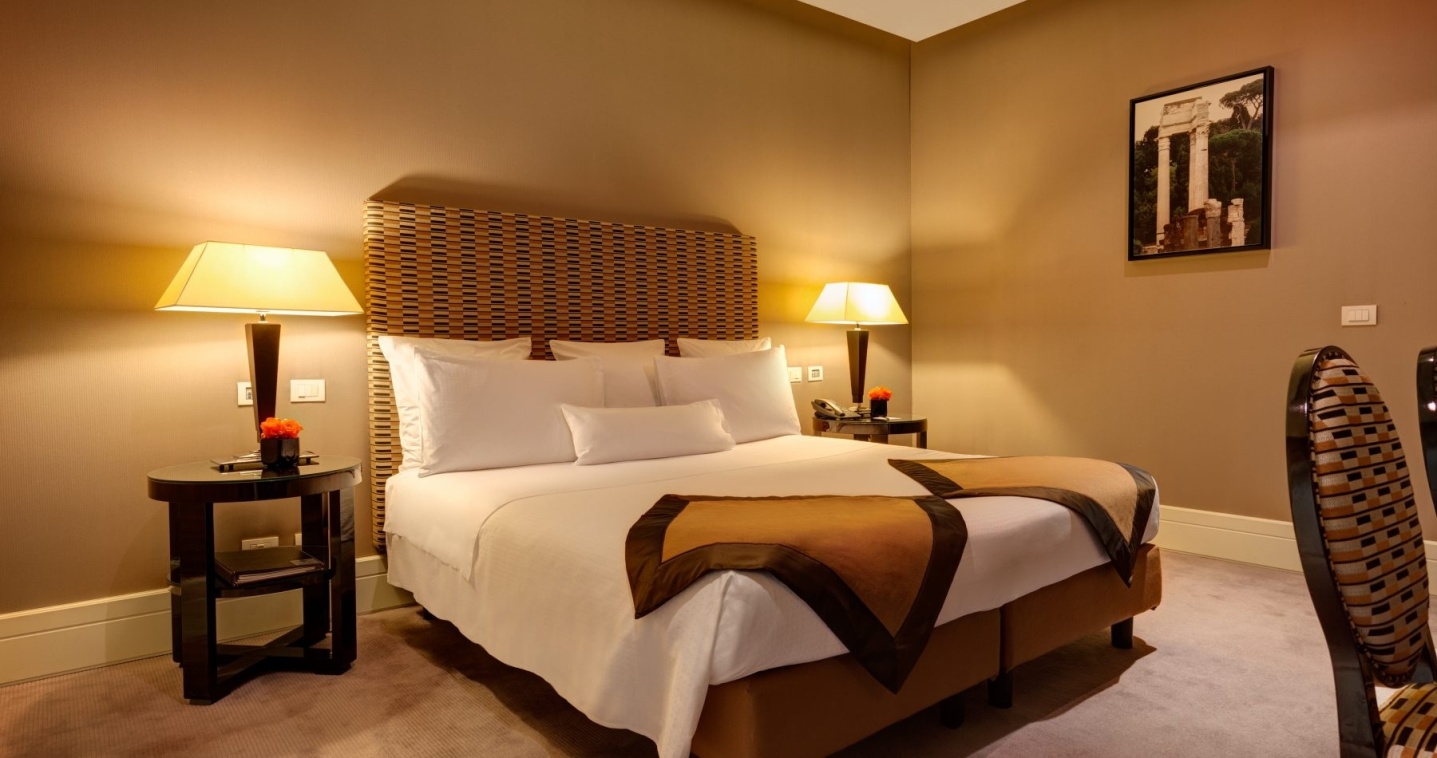 Soundproofing your living room wall can also increase the value of your home. With more and more people working from home, the demand for quiet and private spaces has grown. By having a soundproofed living room, you can attract potential buyers and increase the resale value of your property. Additionally, soundproofing can also improve the energy efficiency of your home, resulting in lower utility bills and further increasing its value.
So if you want to transform your living room into a quiet oasis and enhance the overall value and aesthetic of your home, soundproofing your living room wall is a must.
With a variety of options available, it's easy to find a solution that fits your budget and design preferences. Don't let unwanted noise disrupt your peaceful haven – invest in soundproofing and enjoy a tranquil living space.
Soundproofing your living room wall can also increase the value of your home. With more and more people working from home, the demand for quiet and private spaces has grown. By having a soundproofed living room, you can attract potential buyers and increase the resale value of your property. Additionally, soundproofing can also improve the energy efficiency of your home, resulting in lower utility bills and further increasing its value.
So if you want to transform your living room into a quiet oasis and enhance the overall value and aesthetic of your home, soundproofing your living room wall is a must.
With a variety of options available, it's easy to find a solution that fits your budget and design preferences. Don't let unwanted noise disrupt your peaceful haven – invest in soundproofing and enjoy a tranquil living space.


























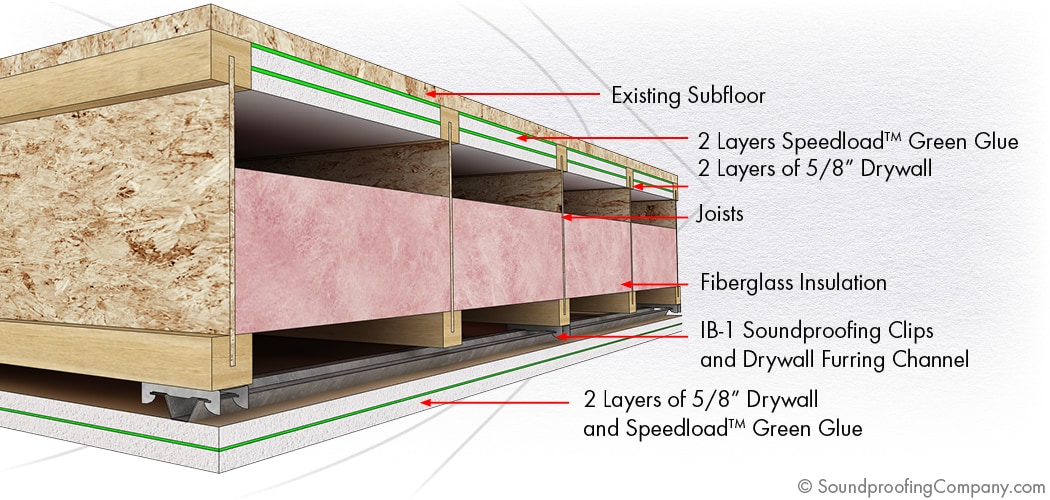












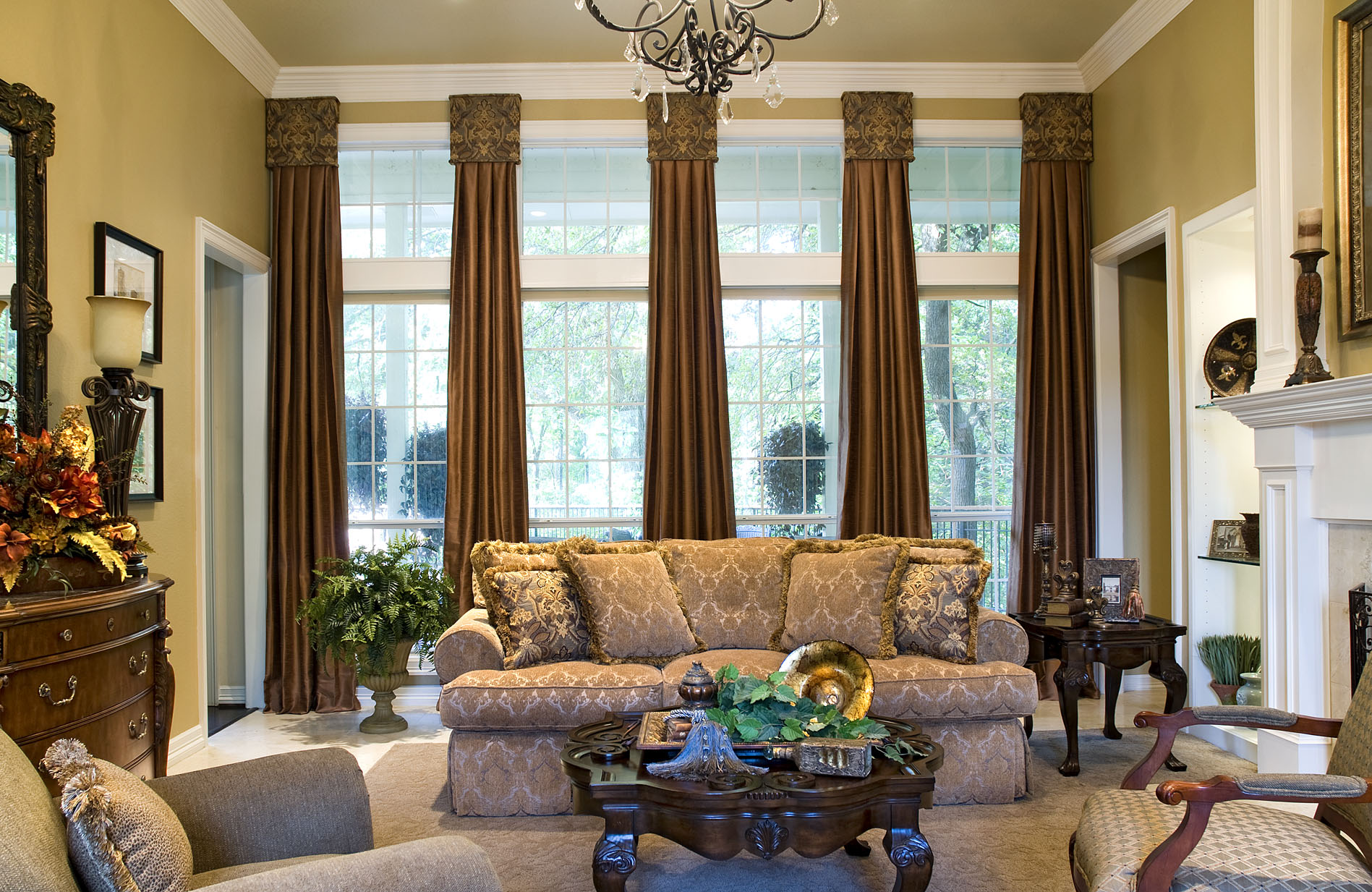


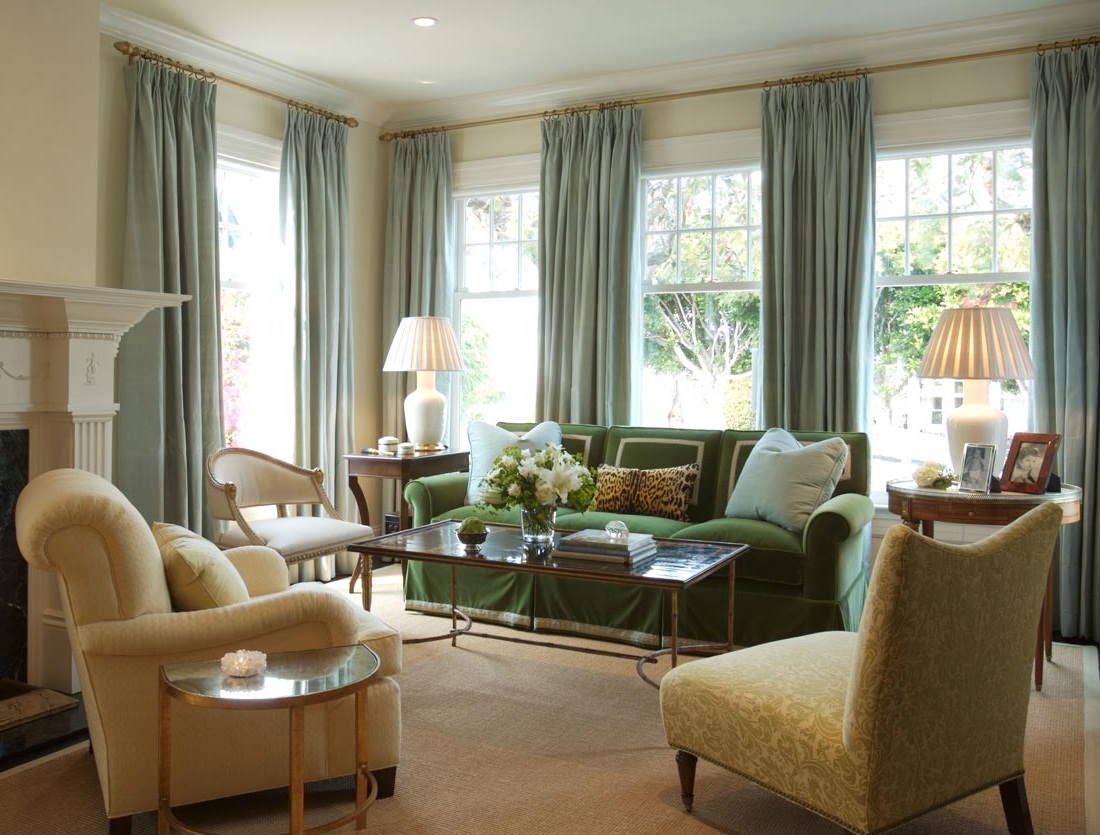








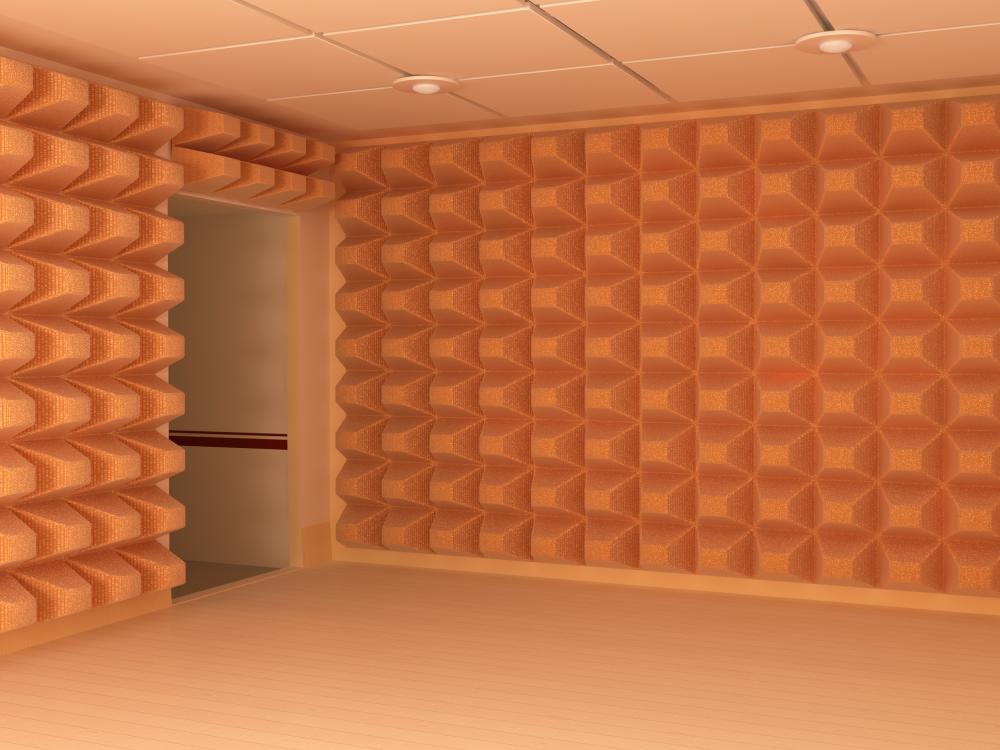





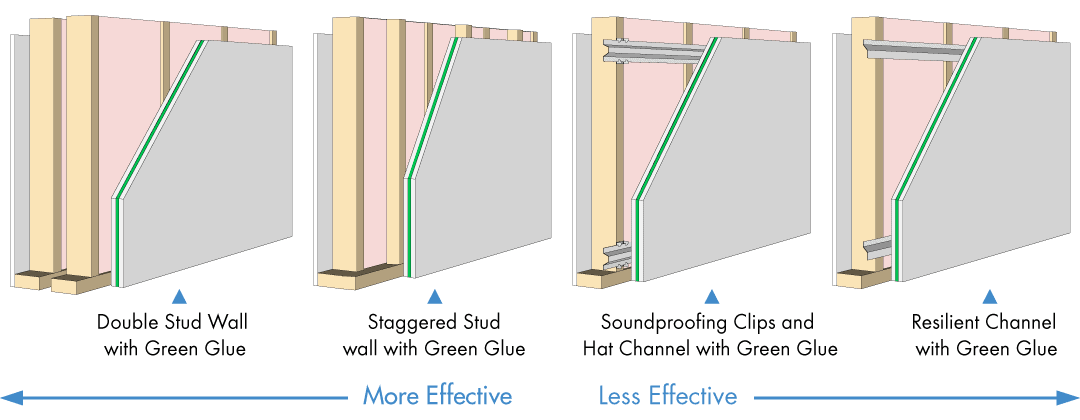


















/88798568-56a49f1f3df78cf772834e18.jpg)



















